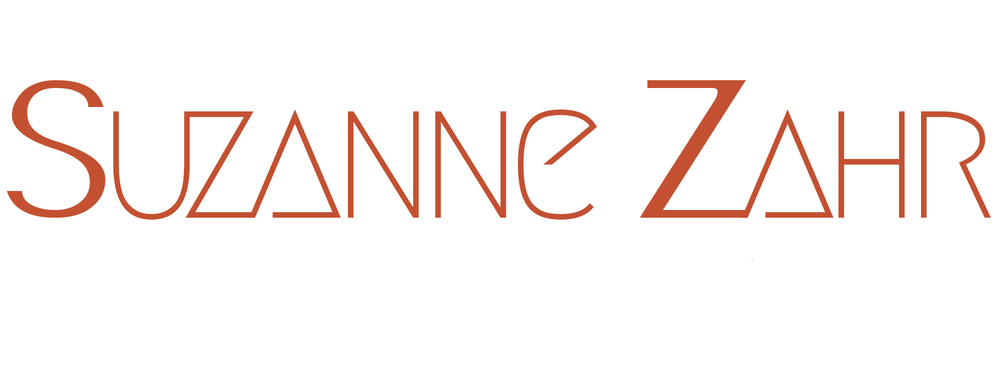What is the true value of such a diverse array of offerings – Architecture, Interior Design, Construction, Art and Furnishings? Their seamless integration yields built environments that beautifully house our daily activities and enrich our sense of being.
What is Design-Build?
Universally, construction project owners, whether in the public, or private sectors seek timely and cost-effective construction. While there are a variety of views on how best to achieve schedule, budget, and quality, recently there has been a focus upon the method of construction project delivery. There are various construction project delivery systems, the most traditional of which is Design/Bid/Build ("DBB"). For generations, this was the predominately accepted means by which construction projects were developed and delivered. Today there is also a focus on the owner having one primary contractual relationship with an entity that is responsible both for the design and building of the construction project. This project delivery method is called Design/Build ("D/B").
There are two significant features of D/B contracting that distinguish it from other project delivery methods: 1) the first is the relative simplicity of the Owner having a single point of contact for both the design and construction of the project; and 2) the second significant feature is that the risk for design errors shifts from the Owner to the Contractor.
Design-Build Advantages
There are many potential advantages for all parties in a D/B contract, especially when everyone understand the mechanics of the process, as it applies to their project.
1. Time Savings
By combining the selection of a designer and a contractor into one step, the D/B method eliminates time lost in the DBB process. Further, the D/B Contractor is able to start construction before the entire design is completed. For instance, the D/B Contractor can start excavation as soon as the foundation and utility relocation design has been prepared. Meanwhile, the Design professional can continue design work for the rest of the project during excavation.
2. Cost Savings
Potential costs savings can be realized with the D/B system because it has high value engineering capabilities due to the close coordination between the A/E and construction contractor. Construction contractors have direct and real experience with the cost of purchasing and installing materials and, in the D/B system, can share that experience directly with the Design professional during the Design Phase of the project. This process has the potential to translate into lower costs which savings can then be passed on to the Owner.
3. One Point of Contact - "One Stop Shopping"
The one point of contact feature for both design and construction is integral to the D/B system. The advantages of this feature are relative - having only one entity to deal with in many instances will outweigh the oversight benefits an Owner would otherwise get from contracting separately with a Design professional for the project design.
4. Fewer Change Orders
A definite advantage of the D/B system is that an Owner can expect far fewer change orders on a D/B project. However, if an Owner decides it wants a design change during the D/B project, and, that change is not covered by the defined scope of the project, that would be considered an extra. Still, in the D/B system, the Owner is not liable for any errors the Design professional makes because the Design professional is part of the D/B team.
5. Reduced Risk to the Owner
The shifting of liability for design quality from the Owner to the D/B Contractor is one of the most significant features of the D/B project delivery system. The advantage to the Owner is that it now knows from the outset the cost of that risk. As the D/B Contractor is in a better position than the Owner to manage and minimize that risk, this is a significant advantage of D/B contracting.
When Design-Build Should Be Considered
When evaluating whether the D/B methodology would be appropriate for a given project, the following factors should be considered:
A. Schedule
If a project needs to be completed quickly, D/B is an appropriate project delivery system. In the D/B system, the designer and the contractor are better able to coordinate their efforts to ensure that the work is completed in an expeditious manner. Moreover, another potential time-savings can be found in the administration of the change order process for correction of changes. Shifting the risk to the party best able to control it is one of the advantages of D/B. Controlling the risk of that change/correction process includes the ability to accomplish it more quickly.
B. Budget
Additionally, the D/B system offers several cost saving advantages for the budget conscious Owner. Cost savings can be realized by shifting more cost control responsibility to the Contractor. A construction contractor may have experience with materials and methods that meet the Owner's requirements but were not considered by the designer. If cost savings result from the contractor's input to the design, those savings should be passed on to the Owner. Additionally, value engineering proposals, for which the Owner may get only partial financial credit under DBB delivery, should be included in the D/B bid price and the entire savings passed on to the owner.
C. Type of Project
The type of project may be the most significant factor in the choice between D/B and DBB. A good candidate for D/B is a project wherein the performance and form of the finished project is readily described in a scope document.
* Content provided by Lorman Educational Services
